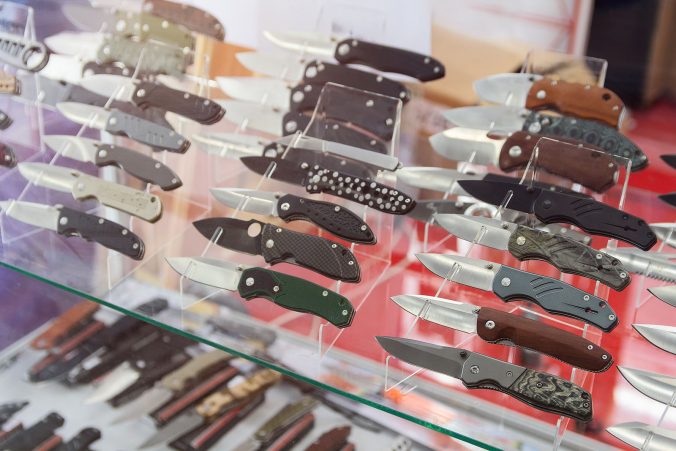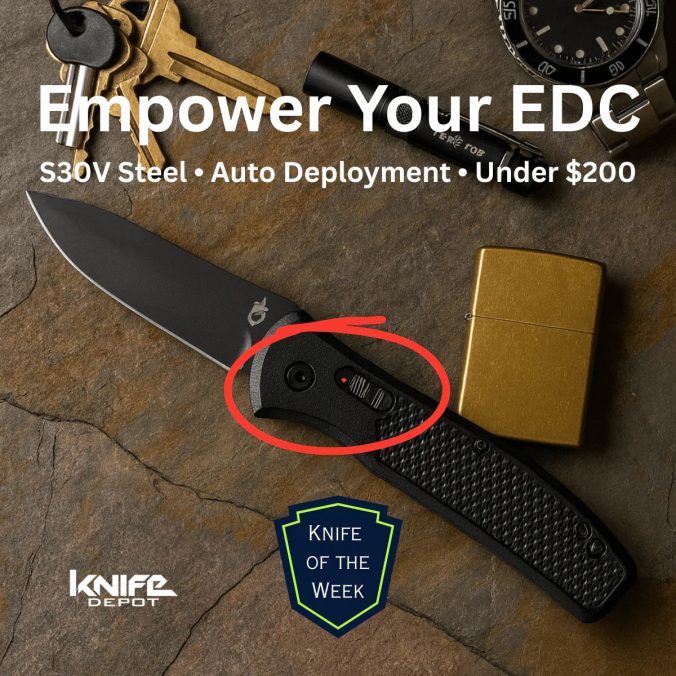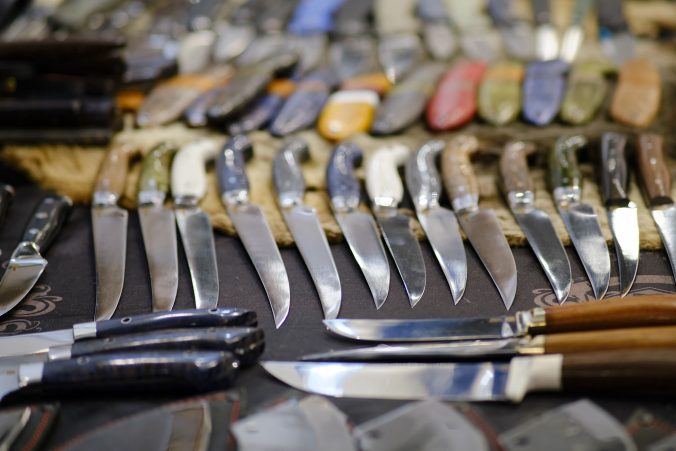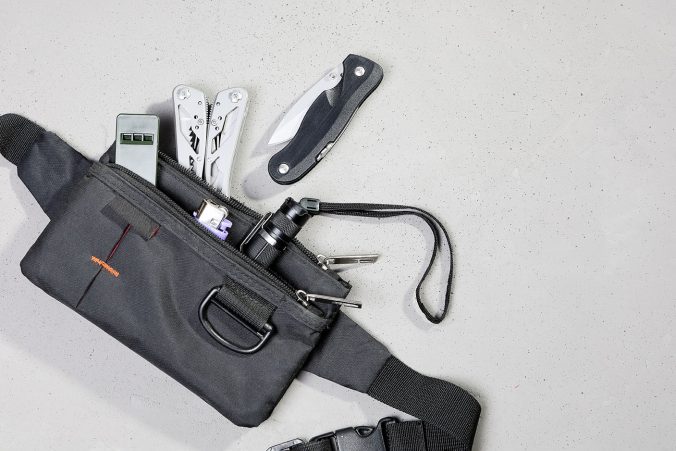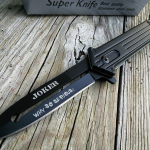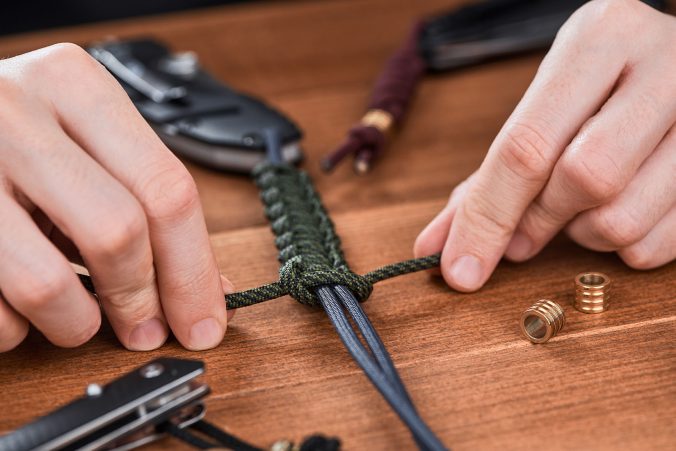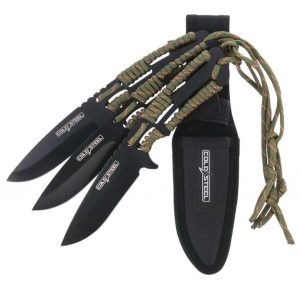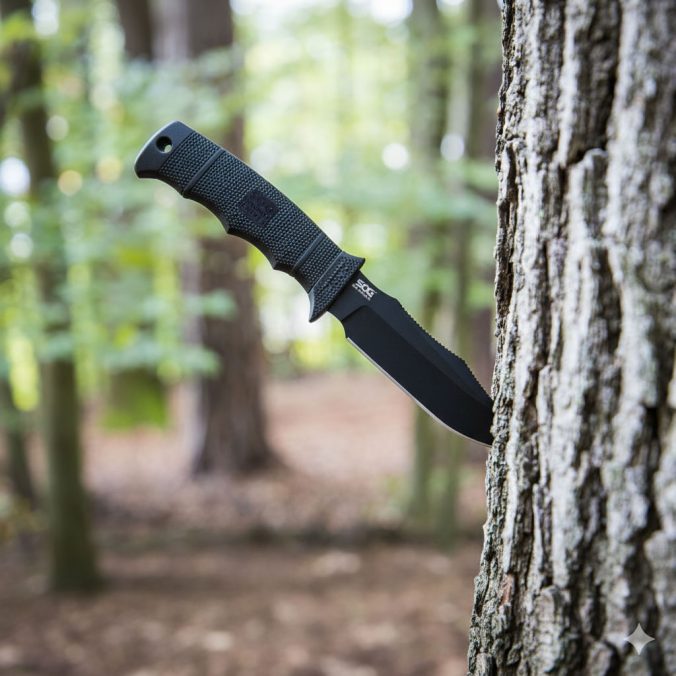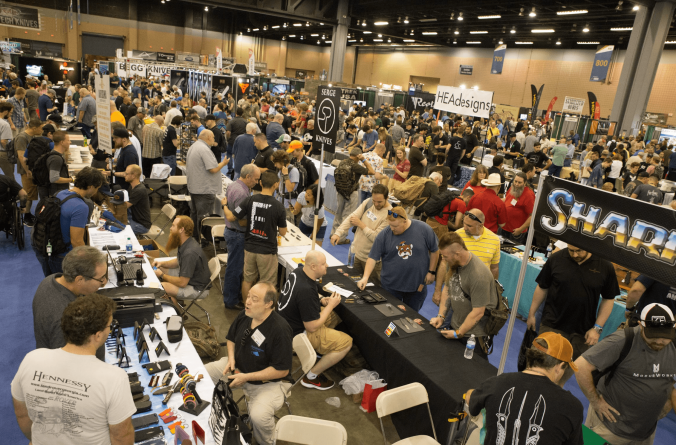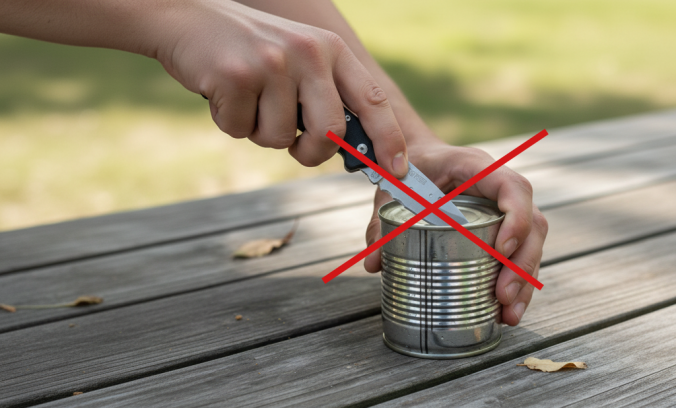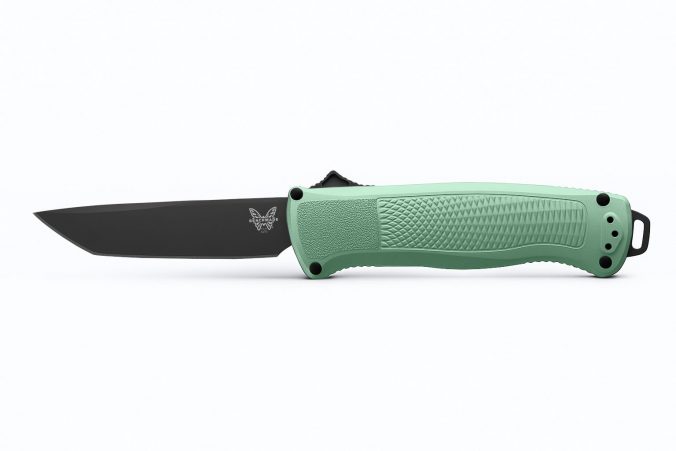Ask any knife collector how it started, and you’ll usually hear some version of: “I just wanted one good knife.” Famous last words. Before long, you’re comparing grind lines under good lighting and explaining to your family why another package from Knife Depot just arrived.
To help you navigate (or at least justify) the madness, we’ve gathered ten tried-and-true tips from seasoned collectors who have been there, done that, and probably bought two of them.
1. Start with Passion, Not Hype
A flashy blade can be tempting, but the pros say to buy what excites you—not what Instagram says is cool this week. That “grail” knife everyone’s posting might not feel right in your hand. Go for what sparks that grin when you open it.
2. Handle Before You Commit
Whenever possible, get your hands on a knife before buying. Feel the balance, the lock-up, the ergonomics. A blade that looks stunning online can feel like a brick in person. (Every collector has one of those regret knives—they make great cautionary tales.)
3. Understand Your Steels
Steel snobs can be intimidating, but you don’t need a metallurgy degree. Learn the basics—like the difference between edge retention and toughness—and you’ll make smarter buys. The pros agree: knowledge is power… and fewer chipped edges.
4. Quality Over Quantity
It’s easy to get caught in the “more knives, more better” mindset. But seasoned collectors often prefer a tight rotation of high-quality pieces over drawers full of mediocrity. Think fewer, finer, and more fun to use.
5. Keep ‘Em Sharp (Literally and Figuratively)
A dull knife is a sad knife. Regular maintenance not only preserves your collection—it makes you appreciate it more. As one collector put it: “Sharpening is like therapy, but with sparks.”
6. Document Your Collection
Take photos, jot notes, track purchases. You’ll thank yourself later when you’re trying to remember where that limited-run Benchmade came from—or how much you told your spouse it cost.
7. Respect the Makers
Behind every great knife is a maker with calloused hands and a story. Learn about the designers and brands you support. It adds a deeper layer to collecting when you know who forged the blade you’re holding.
8. Trade and Connect
Knife collecting isn’t a solo sport. Trade, sell, and swap stories with others. Join forums, shows, and online groups. The friendships you build are just as sharp as the blades.
9. Rotate Your Carry
Give your knives time in the spotlight. Rotating your EDC lineup not only keeps things interesting—it helps you discover which blades truly earn their keep.
10. Enjoy the Journey
Every collection tells a story—of curiosity, craftsmanship, and a little bit of obsession. Don’t rush it. The best collections aren’t built overnight; they’re built through years of finding what makes your knife-loving heart tick.
Final Cut
Knife collecting isn’t about who has the most blades—it’s about who gets the most joy from them. Whether you’ve got five knives or fifty, it’s the thrill of the hunt, the feel of a great edge, and the stories shared that make this community special.
Now it’s your turn: What’s the best knife advice you’ve ever received—or the one lesson you learned the hard way? Share it below and help the next generation of collectors keep their edges sharp.
